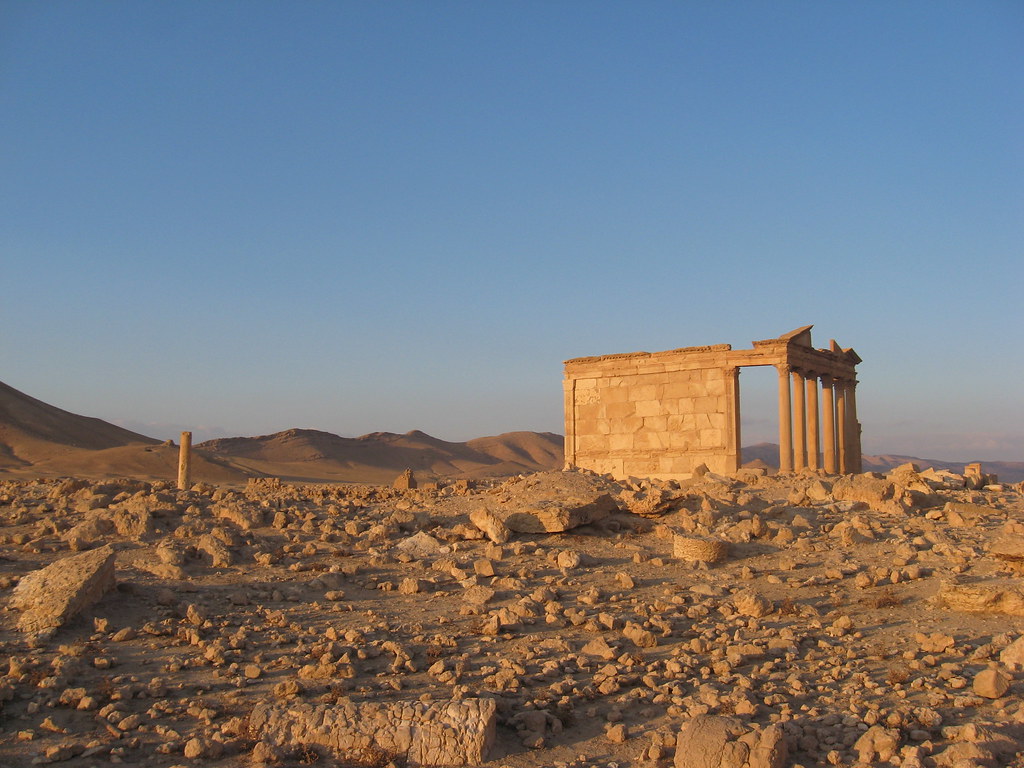Introduction
The situation in Lebanon has garnered considerable international attention due to its complex political landscape and ongoing economic crisis. Straddling a key geographical position in the Middle East, Lebanon is significant not just for its own citizens but also for regional stability and economic ties. As the nation continues to face severe challenges, including political corruption, economic collapse, and social unrest, understanding these factors is crucial for both residents and global observers.
Political Landscape
Lebanon’s political situation remains fragile. Since the devastation of the explosion at the Port of Beirut in August 2020, many citizens have lost faith in their leaders, resulting in widespread protests and demands for political reform. In recent months, the country has seen a series of protests aimed at holding corrupt officials accountable. The Parliament was unable to elect a new president by the constitutional deadline in October 2023, further complicating an already tumultuous environment.
Economic Crisis
The Lebanese economy is grappling with one of the most severe economic crises globally, according to the World Bank. The national currency has lost over 90% of its value compared to the US dollar, resulting in skyrocketing inflation and an exacerbation of poverty levels. Many citizens struggle to afford basic necessities such as food, medicine, and fuel, leading to a humanitarian crisis. International aid has been limited due to concerns of mismanagement and corruption within the government.
Social Challenges
Socially, Lebanon faces rising tensions amongst its diverse population, which includes various religious and ethnic groups. The economic crisis has intensified sectarian violence and communal disputes. Additionally, many Lebanese youths are emigrating in search of better prospects, leading to a potential brain drain that could hinder the nation’s recovery. Education and employment opportunities remain a pressing concern, contributing to a sense of hopelessness among the younger generation.
Conclusion
The future of Lebanon remains uncertain. Political instability, economic hardship, and social discord create a challenging environment for governance and development. However, there is also a strong desire for change among the populace, evident in the continuous civil movements. International observers remain hopeful that external support can be coupled with internal political reforms to usher in a new era for Lebanon. The nation stands at a crossroads; recovery is possible, but it will require significant commitment from both its leaders and citizens.


